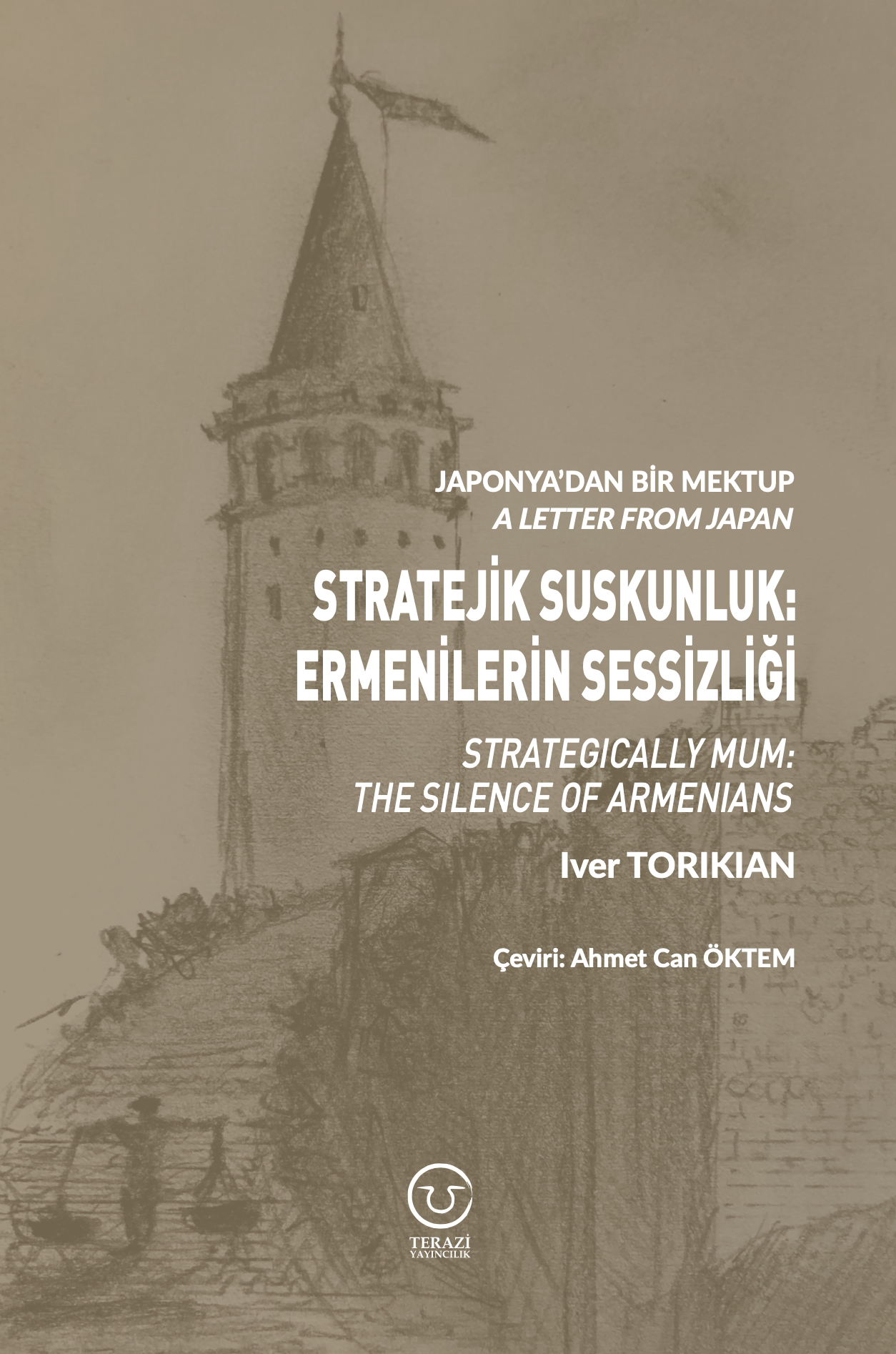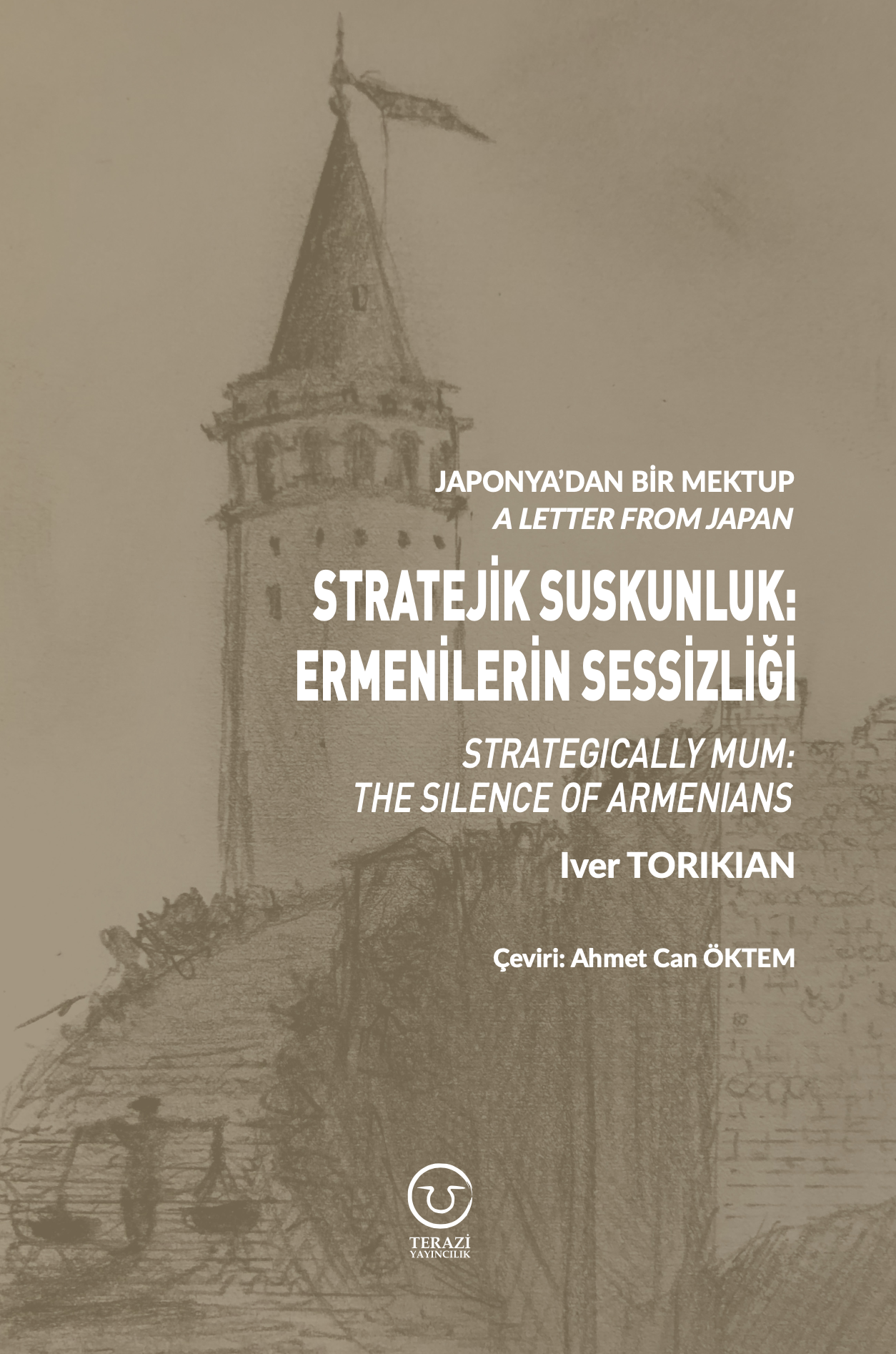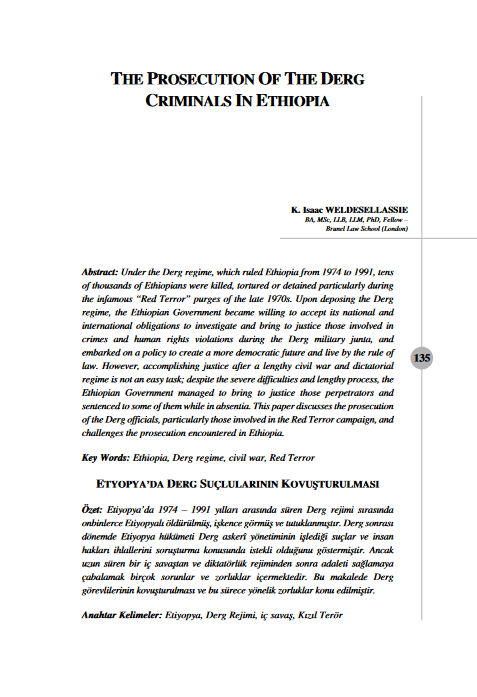Modern Diplomacy (28 April 2021)
By Shahmar Hajiyev
Since the collapse of the Soviet Union, crude oil and natural gas have been playing a key role in the geopolitics of the Caspian region. Hydrocarbon revenues became an important source of economic growth for the Caspian Basin countries such as Azerbaijan, Kazakhstan, and Turkmenistan. Shortly after gaining independence in the early 1990s, the Caspian states implemented energy policies that protect their national interests. According to the BP 2020Statistical Review of World Energy total proved energy reserves of the Caspian states are: Kazakhstan has30.00 billion barrels of oil and 2.7 trillion cubic meters of gas, Azerbaijan 7.00billion barrels of oil and 2.8 trillion cubic meters of gas, and Turkmenistan 0.6billion barrels of oil and 19.5 trillion cubic meters of gas.
Such rich hydrocodone reserves allowed the Caspian states to contribute significantly to the global energy markets. Today, the Caspian states are supplying oil and natural gas to various energy markets, and they are interested in increasing export volume and diversification of export routes. In comparison with Turkmenistan and Kazakhstan, which supply energy sources mainly to China and Russia, Azerbaijan established a backbone to export energy sources to Europe and Transatlantic space. As the Caspian Sea is landlocked, and its hydrocarbon resources located at a great distance from the world’s major energy consumers, building up energy infrastructure was very important to export oil and gas.
No comments yet.
- SAKO TO ZARIF: QUIET DIPLOMACY IS THE BEST WAY TO SOLVE PROBLEMS Iraq 28.04.2021
- FRANCE AND GERMANY UNVEIL GREEN RECOVERY PLANS Europe - EU 28.04.2021
-
 CHINA OFFERS VACCINES TO SOUTH ASIA, SAYS ‘READY TO SUPPORT’ INDIA
Asia - Pacific
28.04.2021
CHINA OFFERS VACCINES TO SOUTH ASIA, SAYS ‘READY TO SUPPORT’ INDIA
Asia - Pacific
28.04.2021
- HOW AZERBAIJAN CHANGED THE ENERGY MAP OF THE CASPIAN SEA The Caucasus and Turkish-Armenian Relations 28.04.2021
- US COURT CHARGES 2 ARMENIANS OVER ANTI-TURKISH HATE CRIME The Caucasus and Turkish-Armenian Relations 28.04.2021
-
25.01.2016
THE ARMENIAN QUESTION - BASIC KNOWLEDGE AND DOCUMENTATION -
12.06.2024
THE TRUTH WILL OUT -
27.03.2023
RADİKAL ERMENİ UNSURLARCA GERÇEKLEŞTİRİLEN MEZALİMLER VE VANDALİZM -
17.03.2023
PATRIOTISM PERVERTED -
23.02.2023
MEN ARE LIKE THAT -
03.02.2023
BAKÜ-TİFLİS-CEYHAN BORU HATTININ YAŞANAN TARİHİ -
16.12.2022
INTERNATIONAL SCHOLARS ON THE EVENTS OF 1915 -
07.12.2022
FAKE PHOTOS AND THE ARMENIAN PROPAGANDA -
07.12.2022
ERMENİ PROPAGANDASI VE SAHTE RESİMLER -
01.01.2022
A Letter From Japan - Strategically Mum: The Silence of the Armenians -
01.01.2022
Japonya'dan Bir Mektup - Stratejik Suskunluk: Ermenilerin Sessizliği -
03.06.2020
Anastas Mikoyan: Confessions of an Armenian Bolshevik -
08.04.2020
Sovyet Sonrası Ukrayna’da Devlet, Toplum ve Siyaset - Değişen Dinamikler, Dönüşen Kimlikler -
12.06.2018
Ermeni Sorunuyla İlgili İngiliz Belgeleri (1912-1923) - British Documents on Armenian Question (1912-1923) -
02.12.2016
Turkish-Russian Academics: A Historical Study on the Caucasus -
01.07.2016
Gürcistan'daki Müslüman Topluluklar: Azınlık Hakları, Kimlik, Siyaset -
10.03.2016
Armenian Diaspora: Diaspora, State and the Imagination of the Republic of Armenia -
24.01.2016
ERMENİ SORUNU - TEMEL BİLGİ VE BELGELER (2. BASKI)
-
AVİM Conference Hall 24.01.2023
CONFERENCE TITLED “HUNGARY’S PERSPECTIVES ON THE TURKIC WORLD"









